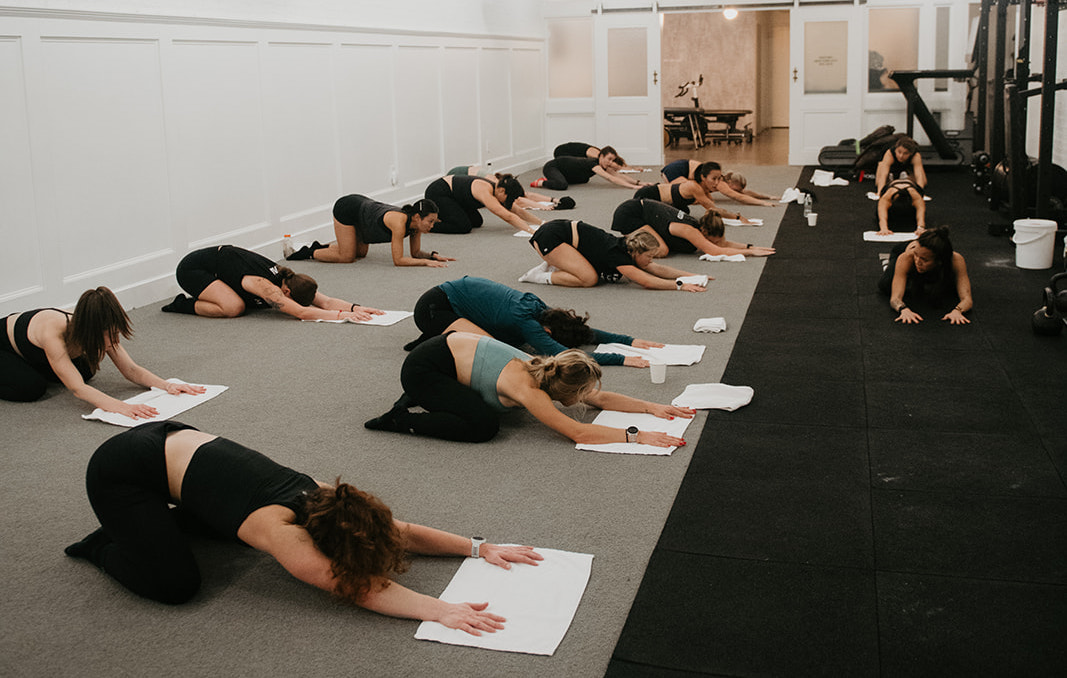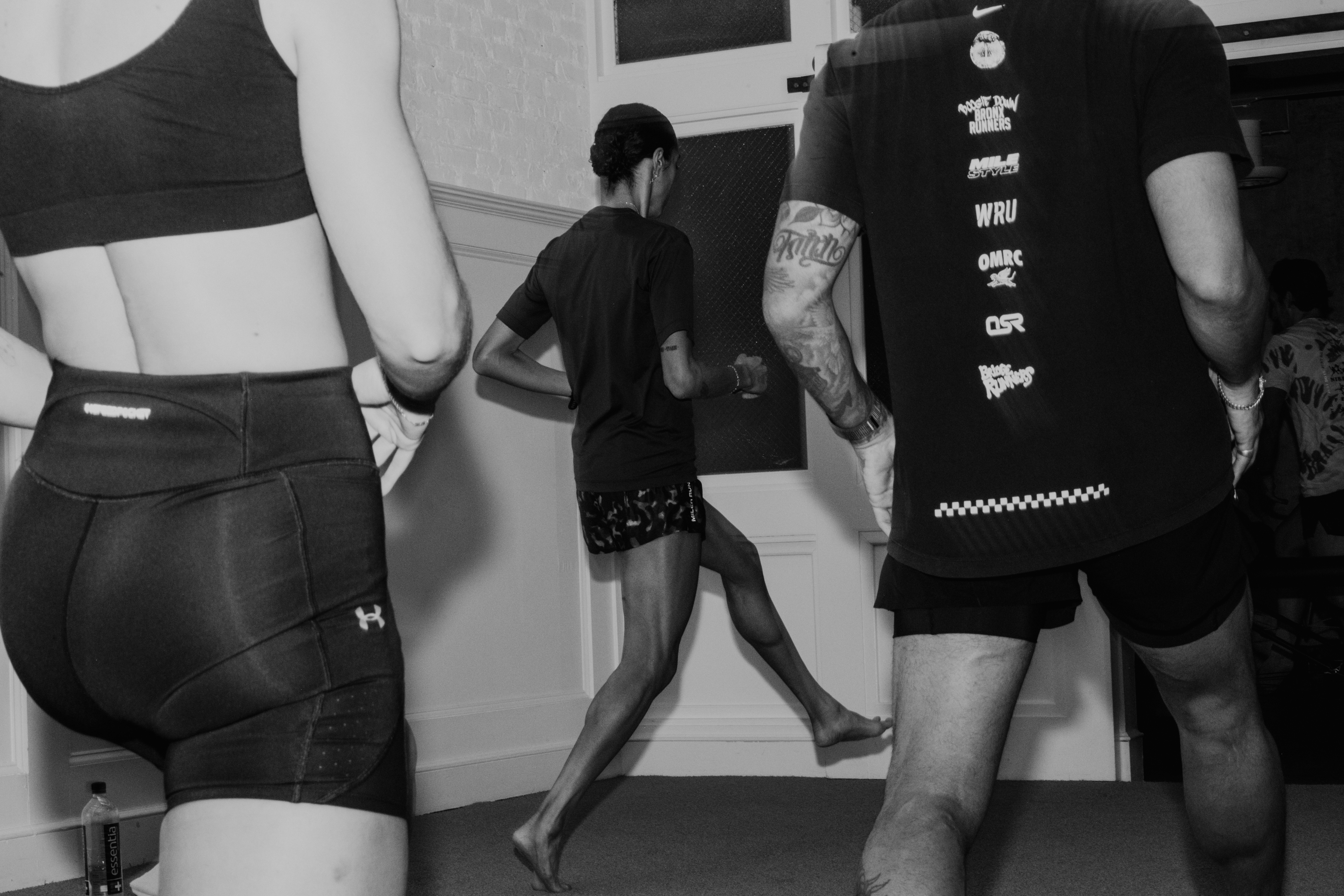Strength vs. Flexibility: Striking a Balance
April 11, 2024
In the realm of fitness, two components often stand at opposite ends of the spectrum: strength and flexibility. While both are vital for overall well-being, finding the right equilibrium between them can be tough. Should you prioritize strength training, or focus more on improving flexibility? The answer lies in understanding the benefits of each, and knowing what is best for your body.
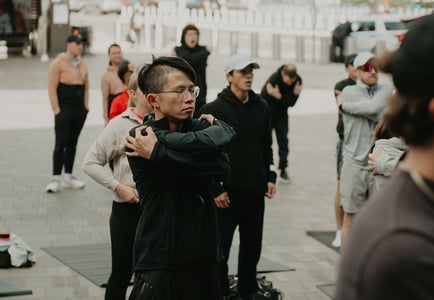
Strength Training
Strength training should be the main staple within your training program. At MOTIVNY, we recommend 2-3 strength workouts per week. This could include dumbbells, barbells, kettlebells, machines, etc. Bodyweight exercises can be beneficial as well, but more often than not, an external force (heavy weight) is needed to create a stimulus.
Progressive strength training helps increase muscle mass, boost the metabolism, and improve bone density. The human body needs to be strong and resilient to live a long and healthy life. However, excessive emphasis on strength training alone can lead to muscle imbalances and/or reduced flexibility. Over time, tight muscles and restricted range of motion may increase the risk of injuries and hinder performance in other physical activities. So when should you focus on flexibility and mobility training?
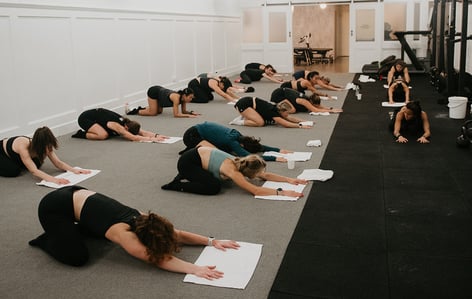
Flexibility + Mobility Training
While strength training should be the main priority, flexibility and mobility should not be neglected. If you want to move well, then there is a given range of motion that is needed across the body. For example, the prerequisites for a deep squat include mobile ankles, knees, hips, and spine. If the range of motion is limited at one of those joints, then an injury is imminent. This is when flexibility and mobility training can come into play.
Let’s first breakdown the difference between flexibility training and mobility training. Flexibility refers to passive range of motion, while mobility refers to active range of motion. Both are necessary for healthy, mobile joints. When training flexibility, one must sit in positions for long periods of time to create change in the muscle tissue (minimum of 2 minute stretches). If a joint is lacking range of motion, then a passive stretch could help improve it over time. Mobility training, on the other hand, is more active than passive stretching. It includes expressing a joint through its full range of motion with tension and control. If you have been to one of our Kinstretch classes, then you have been exposed to mobility training.
While flexibility is essential for preventing injuries and maintaining mobility, excessive flexibility without adequate strength can also pose risks. Weak stabilizing muscles may fail to support joints properly, leading to instability and potential injuries, especially during high-intensity activities or sudden movements.

Finding a Balance:
Achieving the optimal balance between strength and flexibility involves incorporating both aspects into your training program strategically. Here is an example of a weekly training program that includes components of strength, flexibility, and mobility:
Monday:
- Mobility routine in the morning for maintenance (10-15 mins)
- Strength workout in the afternoon (45-60 mins)
Tuesday:
- Mobility routine in the morning (10-15 mins)
- Strength workout in the afternoon (45-60 mins)
Wednesday:
- 30-minute walk in the morning
- Kinstretch Class in the evening (60 mins of Mobility/Flexibility)
Thursday:
- Mobility routine in the morning for maintenance (10-15 mins)
- Strength workout in the afternoon (45-60 mins)
Friday:
- Morning walk (30 min) or conditioning workout followed by flexibility (passive stretching for 20 mins)
Ultimately, achieving a balance between strength and flexibility is key to optimizing your fitness journey and reducing the risk of injuries. By incorporating a diverse range of exercises and listening to your body, you can cultivate a well-rounded training routine that promotes overall health and vitality. If you are interested in learning more about this topic, then book a call with one of our coaches or physical therapists.
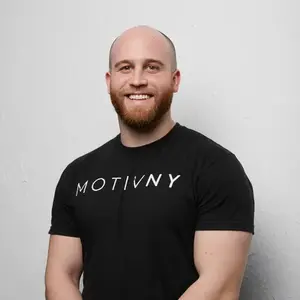
MICHAEL AUTORE
Having played football from his youth through college, Michael has spent years in the gym as an athlete and coach. He was first introduced to weightlifting as an early teen, and has worked with many styles of training since. Michael holds experience in various roles in coaching, management, sales, and membership. He joined the MOTIVNY team in 2019, and is available for one-on-one training (both virtual and in-person), as well as Kinstretch and Kettlebell classes. When teaching or coaching, you can find Michael dancing around to one of his playlists or cracking jokes. He creates a fun, yet challenging environment and invites others to join along. Certifications include FRCms, FRA, Kinstretch, and SFG2.
michael@motivny.com

